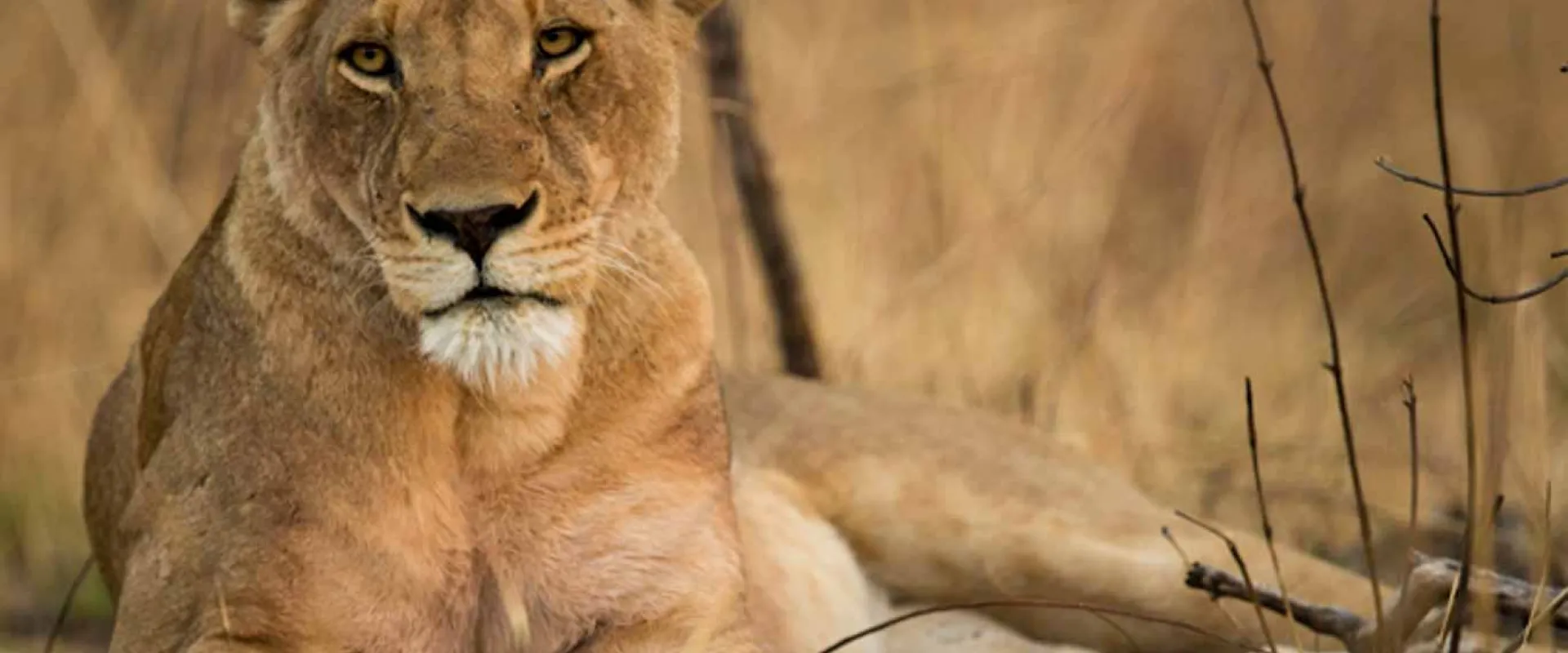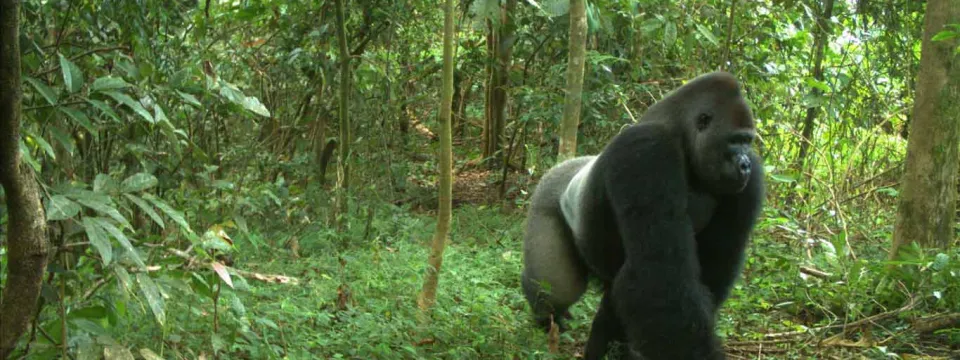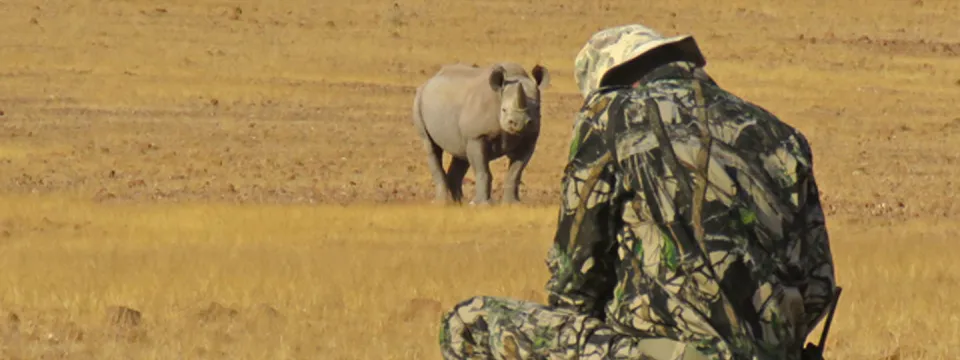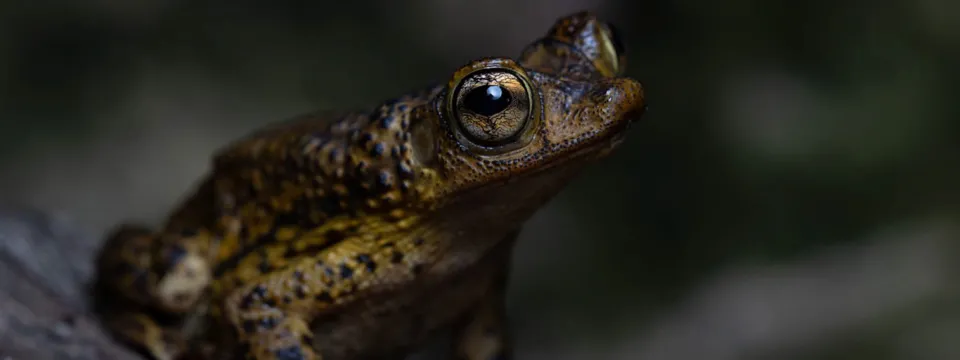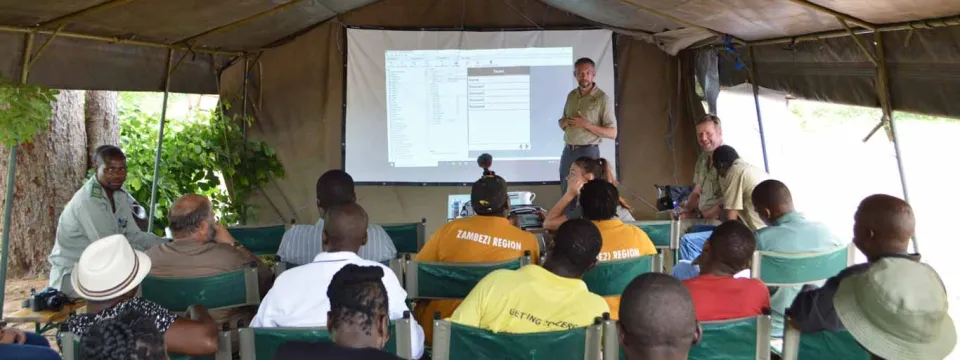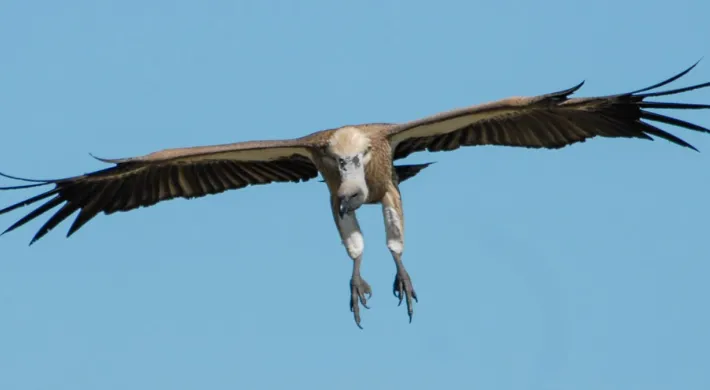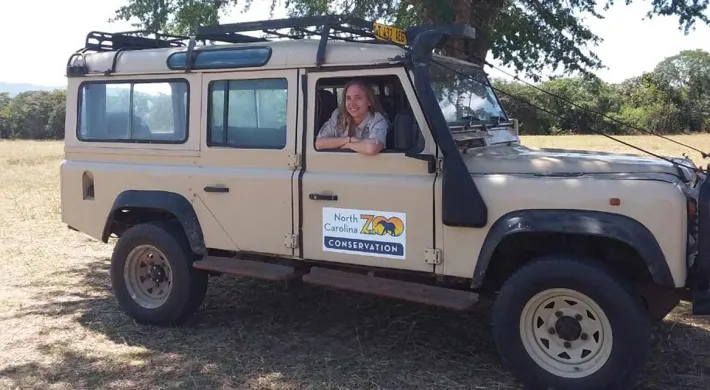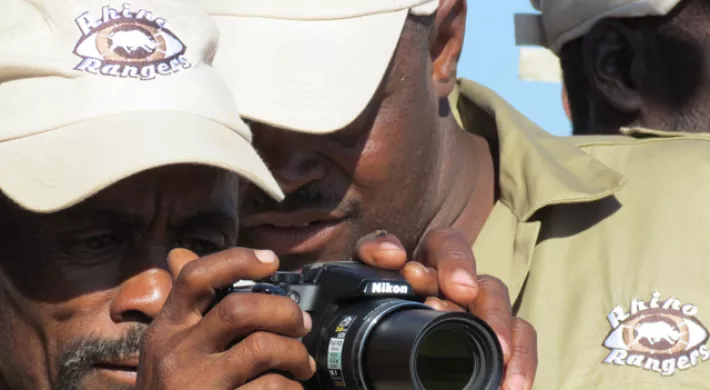Written by Drew T. Cronin, Associate Curator of International Conservation, North Carolina Zoo
Every year on March 3, we celebrate “World Wildlife Day,” to raise awareness of the world’s wild animals and plants. The theme of this year’s celebration is “Forests and Livelihoods: Sustaining People and Planet,” emphasizing the value of these forest ecosystems for both wildlife and all of humanity.
Covering nearly one-third of the planet’s land, forests and woodlands are home to more than 80% of the Earth's terrestrial biodiversity. They are critical for the livelihoods and well-being of humanity. Billions of people depend on them for the ecosystem services and resources they provide, such as food, clean water, and clean air. Yet these ecosystems, like so much of life on Earth, face numerous threats, such as habitat loss and degradation, biodiversity loss, and climate change, among others.
Pictured Above: Cross River gorilla
At the North Carolina Zoo, we are dedicated to wildlife conservation, educating future generations, and ensuring the best possible care and wellness for the animals at the Zoo. We do these things because we believe the diversity of nature is critical for our collective future.
So, today, we celebrate World Wildlife Day to raise awareness of efforts to save endangered species and highlight some of the amazing conservation work our staff and partners are doing around the world.
Pictured Above: Joseph teaching former students how to make a plastic waste bin
In the deserts of northwest Namibia, we’ve partnered with Save the Rhino Trust to support the community-based conservation of black rhinos. In the mountainous rainforests of Nigeria, we’ve partnered with the Wildlife Conservation Society to strengthen the protection of Cross River gorillas and other rainforest species. In rural Uganda, our UNITE program is working with communities and schools to develop the next generation of environmental stewards around Kibale National Park, an important forest for 13 different species of primates including chimpanzees.
Pictured Above: Rhino monitoring
In Tanzania, in partnership with the Wildlife Conservation Society, we use satellites to track vultures, understand their behavior, and reduce human-wildlife conflict. Across the Caribbean, the U.S. Fish and Wildlife Service and the Zoo monitor Critically Endangered snake and frog populations, and have bred and released more than 2,000 Puerto Rican crested toad tadpoles to help bolster populations in the wild.
Pictured Above: Dustin Smith with a Puerto Rican crested toad
We’ve also helped to create SMART, a software system that puts cutting-edge technology in the hands of those on the frontlines of conservation. The SMART system is now used at more than 1,000 sites in more than 65 countries.
Pictured Above: Dr. Rich Bergl leading SMART training in Namibia
The Zoo and Panthera have worked together in Zambia and Zimbabwe, in areas critical for the survival of big cats, to implement SMART technology that helps prevent poaching. And right here at home in central North Carolina, we manage more than 2,600 acres of wild land for conservation, research, education and recreation.
Zoo staff members are involved with wildlife conservation around the globe and across the State. Your visit to the North Carolina Zoo helps to support this work - just by visiting the Zoo, you are helping to save endangered species all over the world.
Join us in celebrating wildlife, today and every day, and working together to build a better future for our planet by coming to the Zoo, learning more on our website, or supporting our work (nczoo.org/support). You can also learn all about these projects and more in our 2020 Conservation and Research Report.
